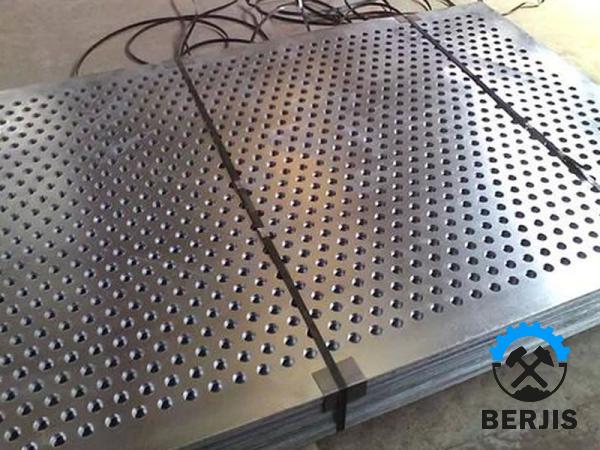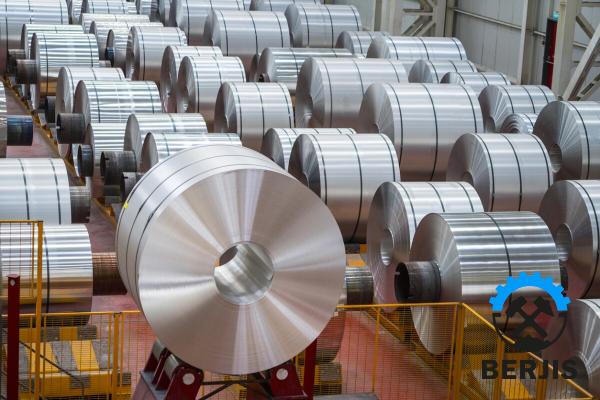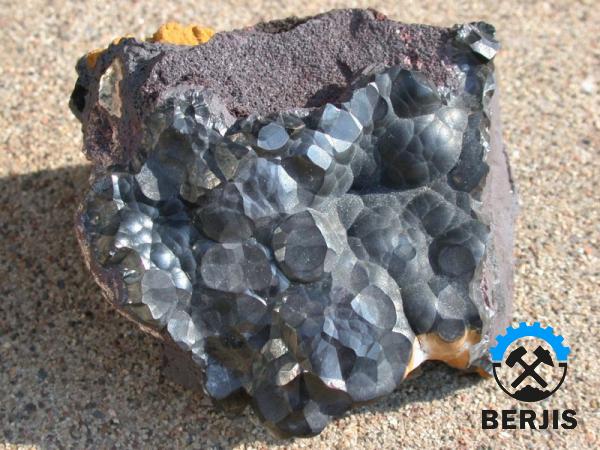In the ever-changing global marketplace, understanding the dynamics of commodities such as steel is crucial for businesses across various industries. The London Metal Exchange (LME) is a prominent platform for trading steel and other commodities. This article aims to provide business professionals with a comprehensive guide to LME Steel Hot Rolled Coil (HRC), arming them with the necessary knowledge to navigate this important market. 1. What is LME Steel HRC? LME Steel HRC is a type of steel product that has undergone the hot rolling process. It is used in various industries, including construction, automotive, and manufacturing. LME Steel HRC is traded as a commodity on the London Metal Exchange, which allows buyers and sellers to hedge against price volatility and manage risk.
.
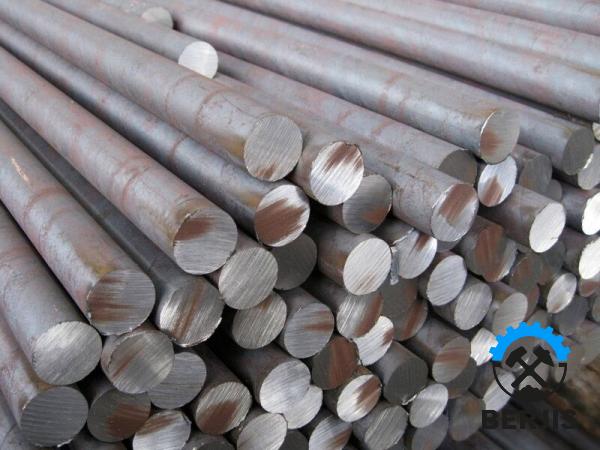 2. Price Determination: The price of LME Steel HRC is determined based on several key factors, including global demand and supply dynamics, production costs, and market sentiment. Traders and investors closely monitor economic indicators, political developments, and market trends to make informed decisions regarding their positions in LME Steel HRC. 3. Hedging and Risk Management: Businesses that rely on LME Steel HRC as a key input for their operations often use hedging strategies to manage price volatility and minimize risk. Hedging involves taking offsetting positions in the physical market and the futures market, allowing businesses to protect themselves against potential price fluctuations. 4. Global Market Influences: The LME Steel HRC market is subject to various global influences. Economic growth, industrial production, and infrastructure development in major economies heavily impact the demand and pricing of LME Steel HRC.
2. Price Determination: The price of LME Steel HRC is determined based on several key factors, including global demand and supply dynamics, production costs, and market sentiment. Traders and investors closely monitor economic indicators, political developments, and market trends to make informed decisions regarding their positions in LME Steel HRC. 3. Hedging and Risk Management: Businesses that rely on LME Steel HRC as a key input for their operations often use hedging strategies to manage price volatility and minimize risk. Hedging involves taking offsetting positions in the physical market and the futures market, allowing businesses to protect themselves against potential price fluctuations. 4. Global Market Influences: The LME Steel HRC market is subject to various global influences. Economic growth, industrial production, and infrastructure development in major economies heavily impact the demand and pricing of LME Steel HRC.
..
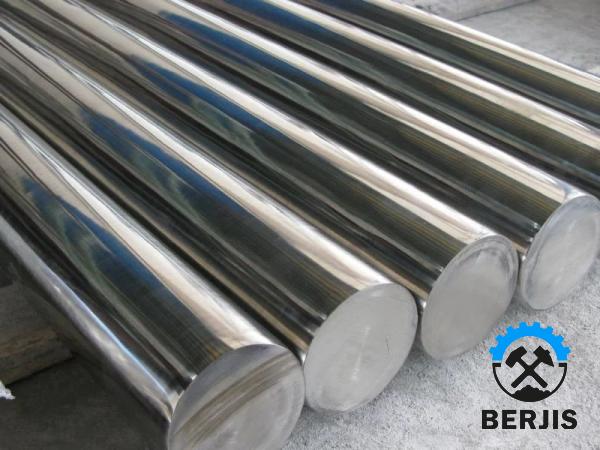 Other factors, including trade policies and political stability, also contribute to market fluctuations. 5. Trading and Investing in LME Steel HRC: There are several ways businesses and investors can participate in the LME Steel HRC market. They can trade directly on the LME through accredited brokers or invest indirectly through exchange-traded funds (ETFs). It is important to choose a reputable broker or fund manager and conduct thorough research before entering the market. 6. Impact on Industries: Fluctuations in LME Steel HRC prices have a significant impact on various industries. For example, higher prices can increase construction costs, affecting infrastructure projects and real estate development. Automotive manufacturers also closely monitor steel prices as they influence the cost of producing vehicles.
Other factors, including trade policies and political stability, also contribute to market fluctuations. 5. Trading and Investing in LME Steel HRC: There are several ways businesses and investors can participate in the LME Steel HRC market. They can trade directly on the LME through accredited brokers or invest indirectly through exchange-traded funds (ETFs). It is important to choose a reputable broker or fund manager and conduct thorough research before entering the market. 6. Impact on Industries: Fluctuations in LME Steel HRC prices have a significant impact on various industries. For example, higher prices can increase construction costs, affecting infrastructure projects and real estate development. Automotive manufacturers also closely monitor steel prices as they influence the cost of producing vehicles.
…
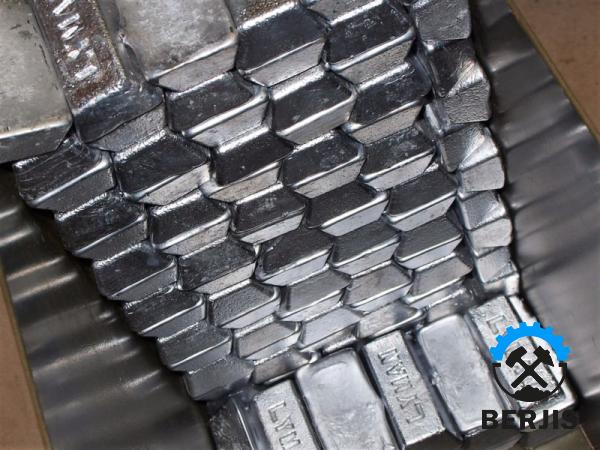 7. Factors Affecting Price Volatility: Several factors contribute to price volatility in the LME Steel HRC market. Changes in global demand, raw material costs, energy prices, and geopolitical events can all influence market sentiment and lead to price fluctuations. Understanding these factors is crucial for businesses to make informed decisions. Conclusion: In the ever-changing landscape of global commodities, understanding the dynamics of LME Steel HRC is vital for businesses across industries. By comprehending the market dynamics, employing hedging strategies, and staying informed about global influences, businesses can navigate the LME Steel HRC market effectively. As the market continues to evolve, ongoing research and staying updated on industry trends will be key to long-term success in trading and investing in LME Steel HRC.
7. Factors Affecting Price Volatility: Several factors contribute to price volatility in the LME Steel HRC market. Changes in global demand, raw material costs, energy prices, and geopolitical events can all influence market sentiment and lead to price fluctuations. Understanding these factors is crucial for businesses to make informed decisions. Conclusion: In the ever-changing landscape of global commodities, understanding the dynamics of LME Steel HRC is vital for businesses across industries. By comprehending the market dynamics, employing hedging strategies, and staying informed about global influences, businesses can navigate the LME Steel HRC market effectively. As the market continues to evolve, ongoing research and staying updated on industry trends will be key to long-term success in trading and investing in LME Steel HRC.

